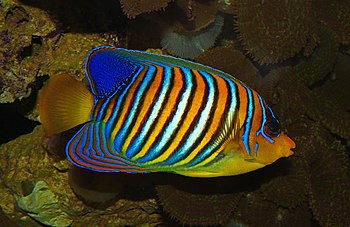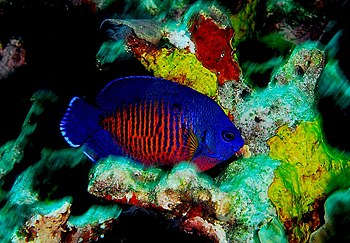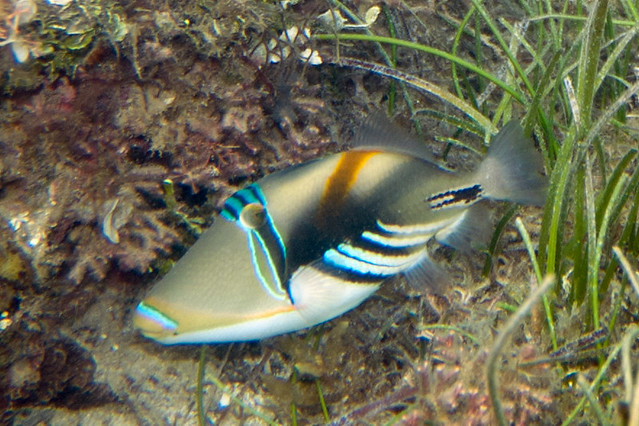 |
| Black Cap Basslet (Gramma melacara) (Photo credit: Wikipedia) |
Basslets are found from a selection of families in addition to genera. Some of the more admired basslets in the trade come from the genus Liopropoma, Gramma, and Serranus.
are found from a selection of families in addition to genera. Some of the more admired basslets in the trade come from the genus Liopropoma, Gramma, and Serranus.
The most popular among them is undoubtedly the Royal Gramma. Not to be mixed up with the bicolor dottyback. Marine basslets from the genus Liopropoma are several of the most sought after marine fishes in the trade and can cost more than $600 for rare deepwater species just like the beautiful candy basslet.
All basslets are considered exceedingly hardy fishes that typically do well in captivity. Owing to their eating habits, small fishes and invertebrates are not safe around them. Crustaceans to avoid are made up of sexy shrimp, small pistol shrimp for example Randall's pistol shrimp as well as any saltwater aquarium fishes that is small enough to put in into their mouths. Even as they can be taught to accept dry foods like pellets or flakes, they have a propensity to accept frozen foods a lot faster. As a result, some of the most popular fish feeds for the basslets consist of staple frozen foods for instance frozen mysis shrimp, krill along with an assortment of seafood mixes such as prime reef.
to avoid are made up of sexy shrimp, small pistol shrimp for example Randall's pistol shrimp as well as any saltwater aquarium fishes that is small enough to put in into their mouths. Even as they can be taught to accept dry foods like pellets or flakes, they have a propensity to accept frozen foods a lot faster. As a result, some of the most popular fish feeds for the basslets consist of staple frozen foods for instance frozen mysis shrimp, krill along with an assortment of seafood mixes such as prime reef.
In their natural habitats, they are caught individually or dwelling in pairs. They are frequently found living in or in the region of live rock that offers them plenty of hiding spaces. Such a rockscape ought to be reflected in captivity if you plan to keep these stunning fish.
For the most part, the majority of the frequent basslets have not been bred in captivity. The staple Royal Gramma sees the most attempts but as a result of its low value, such activities have not garnered much interest from private breeders or large scale breeders. The one genera that are worth looking into is Liopropoma as they are normally deep-dwelling fishes that command high prices.
that command high prices.
|














